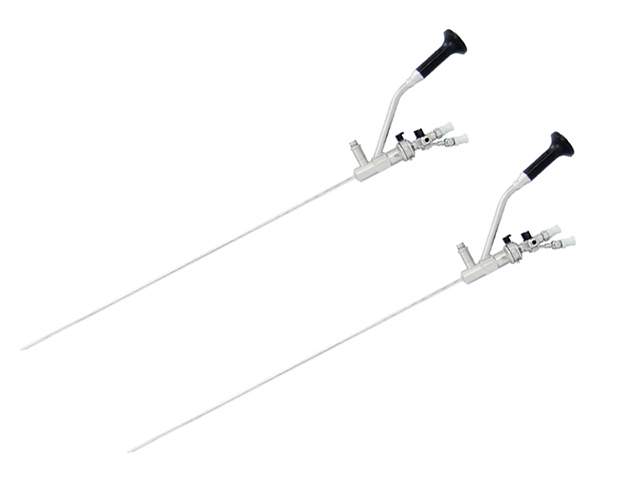
medical inspection camera
Laparoscopic operations in urology, also known as minimally invasive or keyhole surgery, involve the use of a laparoscope (a thin, flexible instrument with a camera attached to the end) to perform surgical procedures on the urinary tract or male reproductive system.
During a laparoscopic urologic procedure, several small incisions are made in the patient's abdomen, and the laparoscope is inserted through one of the incisions. The camera allows the surgeon to view the surgical area on a monitor, while specialized instruments are inserted through the other incisions to perform the procedure.
Laparoscopic urologic procedures can be used to treat a variety of conditions, including:
Kidney tumors
Kidney stones
Ureteral strictures (narrowing of the ureter)
Bladder cancer
Prostate cancer
Testicular cancer
Varicocele (enlarged veins in the scrotum)
Laparoscopic urologic procedures offer several advantages over traditional open surgery, including:
Less pain and scarring
Shorter hospital stay
Quicker recovery time
Reduced risk of complications
Improved cosmetic outcome.
However, not all patients are suitable for laparoscopic urologic procedures, and the decision to perform this type of surgery should be made in consultation with a urologic surgeon.
















Leave A Inquiry